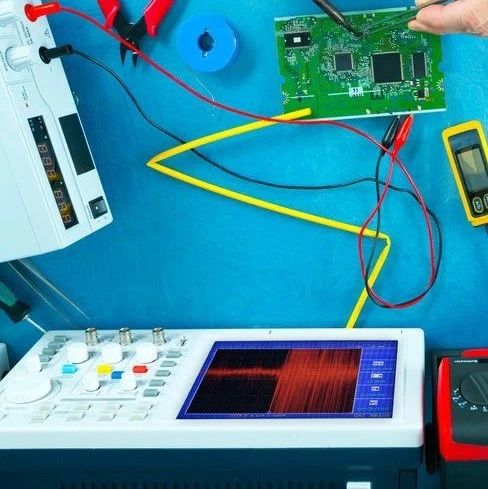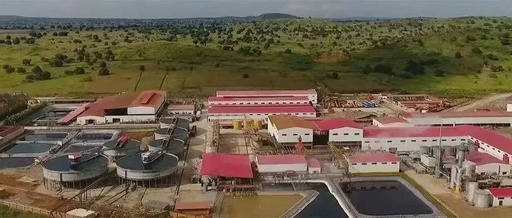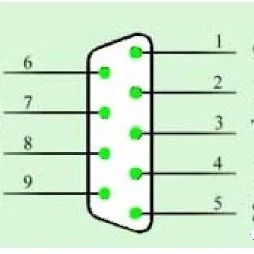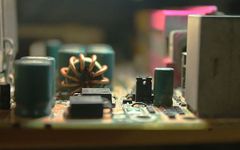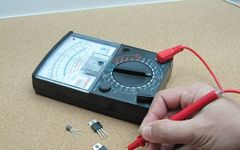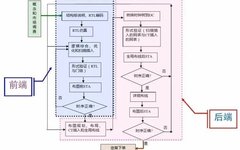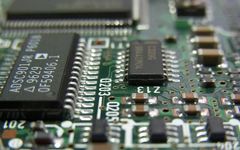Introduction to the School of Optoelectronic and Communication Engineering at Xiamen University of Technology
The School of Optoelectronic and Communication Engineering originated from the Department of Electronics and Electrical Engineering established in 2003 and the Department of Mathematics and Physics established in 2005. To promote the integration and development of disciplines and majors, it was reorganized in November 2012. The school includes the Department of Electronic Engineering, Department of … Read more


